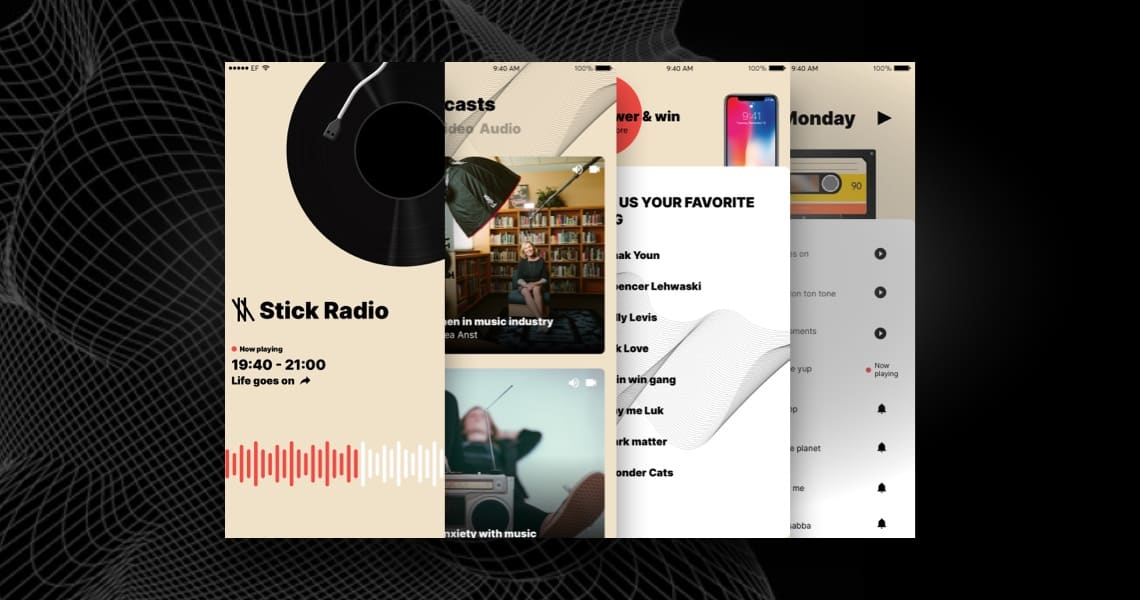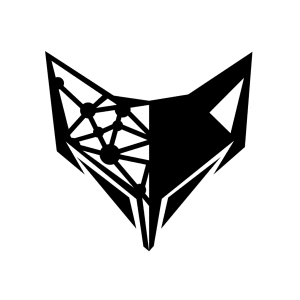
Creating a web radio app can be a great way to reach a wide audience and provide them with a personalized listening experience. In this article, we will discuss some of the key features that a web radio app should have, the target users, and how to build it. We will also explore ideas around the app, expected revenue streams, and how to make money from it. Finally, we will discuss why listeners should download the app and how it will help with engagement.
Identify your users
The first step in creating a web radio app is to identify the target users. This will determine the type of music and content that the app will feature, as well as the overall design and user interface. For example, if the target users are young adults, the app should feature a mix of popular music and news, while if the target users are older adults, the app should feature more classical and jazz music.
Design your web radio app
Once the target users have been identified, the next step is to design the app. The design should be simple and user-friendly, with easy navigation and a clean layout. The app should also be responsive, so that it can be used on both desktop and mobile devices. Some key features to include in the design are:
- A live streaming feature that allows users to listen to live radio broadcasts
- A schedule of upcoming shows and events
- A library of past shows and episodes
- A playlist feature that allows users to save and share their favorite songs
- A search feature that allows users to find specific songs or artists
- A social media integration feature that allows users to share the app with friends and followers
Choose a NoCode web radio app maker
Building a web radio app can seem like a daunting task, but with the use of a no-code app builder like Kodika, it can be made much simpler. No-code app builders allow anyone, regardless of technical skills, to create a functional and professional app without the need to write any code.
Kodika is a popular no-code app builder that offers a variety of features and templates to help users create a web radio app. With Kodika, users can easily create a live streaming feature, schedule upcoming shows, and create a library of past episodes. The platform also allows for the integration of social media, search functionality, and playlist features.
One of the biggest advantages of using a no-code app builder like Kodika is that it saves time and resources. Instead of hiring a team of developers to build the app from scratch, users can create the app on their own, saving both time and money. Additionally, Kodika offers a variety of templates and pre-built features that users can customize to their specific needs.
If you are looking to get started quickly, Kodika offers pre-built web radio apps that you can purchase and customize to fit your needs. This allows you to start with a functional app and then add or change features as necessary. This is a great option for those who want to launch their app quickly or want to save on development costs.
Make your web radio app unique
In order to differentiate from current web radio apps, there are several key strategies that can be used.
-
Niche focus: One way to differentiate from current web radio apps is by focusing on a specific niche or genre of music. For example, you could create a web radio app that focuses on indie rock, electronic music, or classic country. By focusing on a specific niche, you can attract a dedicated audience who is interested in that type of music.
-
Personalization: Another way to differentiate from current web radio apps is by offering a personalized listening experience. This could include personalized playlists, personalized recommendations, and the ability for users to create their own custom channels.
-
Interactive features: Another way to differentiate is by offering interactive features like live chat, polls, and quizzes. This will engage users and keep them coming back to the app.
-
Unique content: Offer exclusive content such as live shows, interviews, and podcasts that are not available on other web radio apps. This will give users a reason to choose your app over others.
-
Local focus: Create a web radio app that focuses on local music and events. This will attract users who are interested in their local music scene.
-
Mobile optimization: Create a mobile-optimized version of the app that is easy to use on smartphones and tablets. This will increase the app’s reach and accessibility.
By focusing on one or more of these strategies, you can differentiate your web radio app from existing ones and attract a dedicated audience. It’s important to keep in mind that the key to success is to identify a unique value proposition that sets your app apart from the competition.
Revenue streams
In terms of revenue streams, web radio apps can generate revenue in a variety of ways. One of the most common is through advertising, where companies pay to have their ads played during the app’s broadcasts. Other revenue streams include sponsorships, subscriptions, and in-app purchases.
To make money from the app, it is important to have a clear monetization strategy in place. This can include selling advertising space, partnering with brands and companies, and offering premium features to users who pay for a subscription.
Conclusion
In conclusion, creating a web radio app can be a great way to reach a wide audience and provide them with a personalized listening experience. By identifying the target users, designing a user-friendly interface, building the app using a popular language and framework, and having a clear monetization strategy, you can create a successful web radio app. Additionally, by promoting the app and encouraging engagement, you can increase the number of listeners and generate revenue.
